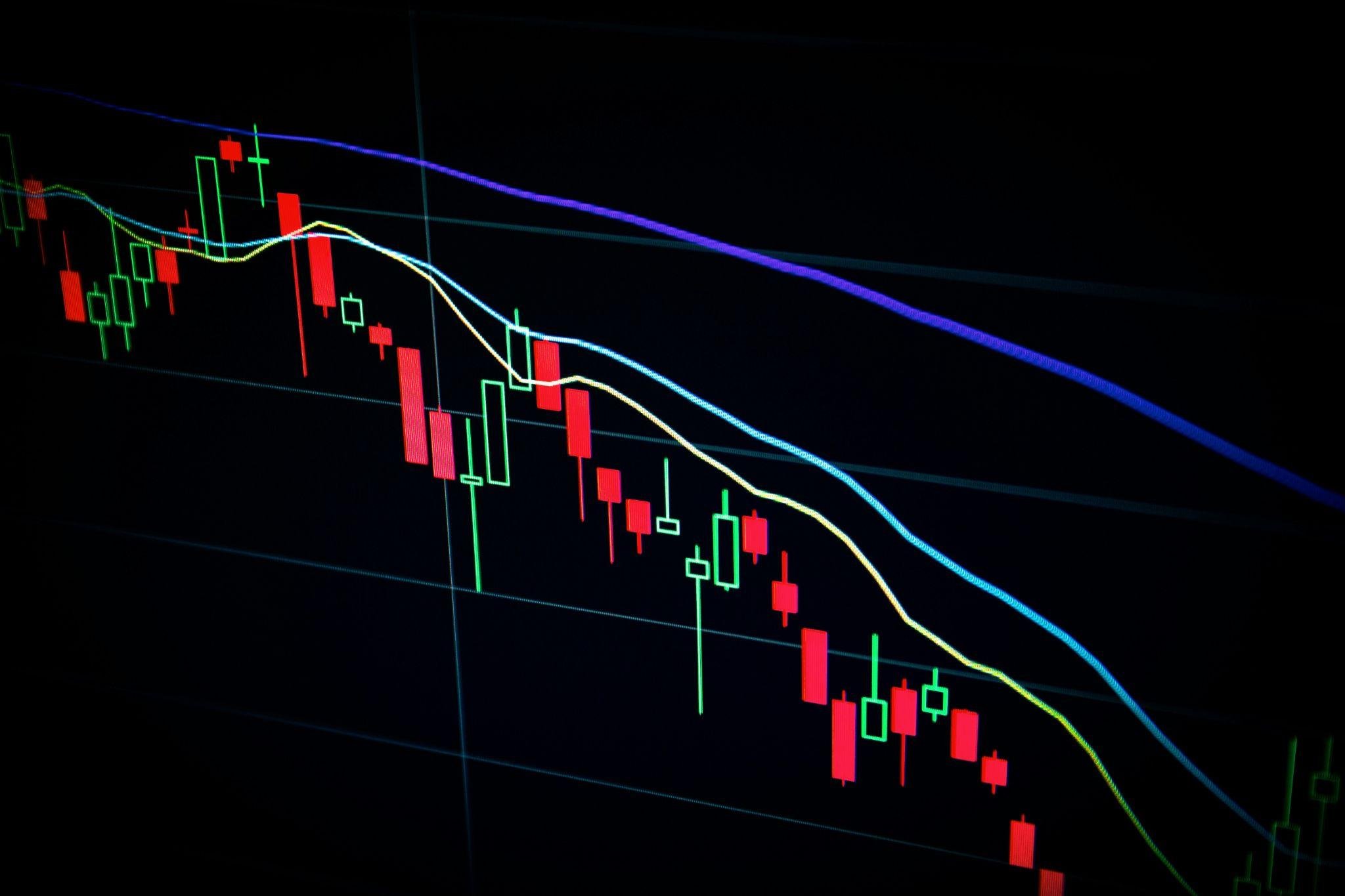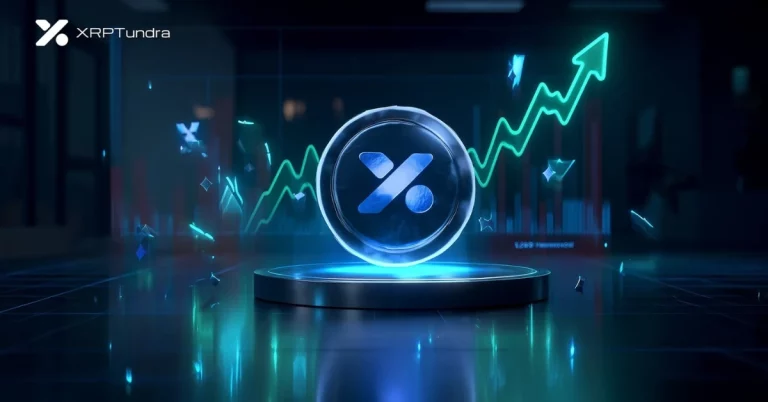
In the world of financial markets, understanding the nuances of Nasdaq futures can set you apart from typical investors. While many people focus on stock prices or attention-grabbing headlines, seasoned traders know the real insights often unfold before the opening bell. That powerful tool? Nasdaq futures.
What Are Nasdaq Futures, and Why Do They Matter?
At their core, Nasdaq futures are agreements to buy or sell the Nasdaq 100 Index at a predetermined price on a specific future date. While the concept might sound straightforward, the implications of that ‘future date’ are immense. Through Nasdaq futures, traders can speculate on price moves, protect their portfolios, or gauge market sentiment.
The Nasdaq 100 is composed of top tech companies that significantly drive market direction. This correlation means that when Nasdaq futures rise overnight, optimism about tech performance is brewing. Conversely, a dip in futures could signal growing caution or fear.
How Traders Use Nasdaq Futures to Their Advantage
Nasdaq futures trade almost 24/7, reflecting real-time reactions to breaking global news, Federal Reserve updates, or corporate earnings reports. This constant activity makes them a go-to tool for traders at the start of each day. By examining futures, they gain clues about what to expect when U.S. markets open hours later.
Not all traders approach futures in the same way. Institutional fund managers often use them to hedge exposure. Imagine you own a portfolio overflowing with tech stocks but anticipate short-term volatility. In this case, selling Nasdaq futures offers a temporary shield for your earnings without needing to part with your stocks.
Day traders, on the other hand, see these contracts as instruments of opportunity. With relatively smaller capital requirements compared to their potential value, futures offer leverage for chasing quick swings. But caution is key—leverage works both ways, amplifying losses as much as gains.
Gaining Insights from Futures Movements
The beauty of Nasdaq futures lies in their ability to act as a real-time gauge of the market’s mood. For example, if the Federal Reserve even hints at a potential interest rate adjustment, futures react instantly, revealing the pulse of trader confidence. Observing these reactions provides insight into market psychology you won’t find in standard textbooks.
Even if you aren’t actively trading futures, they can serve as a powerful indicator. Pre-market futures represent collective sentiment from Asia, Europe, and the U.S. combined, offering actionable insights before markets officially open. Whether you’re a retail investor or an institutional analyst, tracking these trends can better inform your strategy.
Key Takeaways for Modern Trading
Understanding Nasdaq futures doesn’t require professional experience, but it does involve attentiveness. By learning to interpret these numbers, you gain an edge in being prepared rather than surprised. This head start can make all the difference in moving from reactive trading to proactive investing.
Recommended Tools for Keeping Ahead of the Market
For those eager to explore Nasdaq futures further, using platforms like the Thinkorswim trading software by TD Ameritrade can provide advanced analytics and charting tools. With features tailored for both day traders and long-term investors, it’s an excellent resource for navigating market complexities.
Embrace the rhythm of Nasdaq futures and turn them into your trading compass. With time and practice, you’ll gain the insight needed to stay ahead of market moves.




